Working at SoCreate
I joined SoCreate as a camera operator intern. My role was simple: set up shots, capture footage, and keep things clean. But I didn’t want to stay there. I kept asking for more projects, more responsibilities, and more chances to prove myself. And when I got them, I made it count.
What started as basic camera work turned into managing multi-camera shoots, directing interviews with Hollywood professionals, and taking charge of post-production. I wasn’t just capturing moments—I was designing story structures, managing workflows, and building content systems that scaled.
At SoCreate, I learned to think in systems. I understood how to build scalable visual storytelling, how to craft brand consistency, and how to execute projects with efficiency and clarity. It’s where I stopped being just a camera operator and started becoming a media producer.
Production & Media Archiving
When I first started producing interviews at SoCreate, I was a one-man crew. I planned, staged, shot, and edited everything myself (with the feedback of our CEO): from pre-production to final cut. The first five videos are but a few soundbites from that same production.
As SoCreate grew, so did the team. I moved from solo production to leading larger-scale shoots, managing production flows, and maintaining brand consistency across all visual assets. SoCreate had strict guidelines for graphics, typography, and framing, and I ensured every interview aligned with that style while keeping it engaging and fresh.
At the same time, I was building a long-term archive. I created hours upon hours of interviews, designed for both immediate use and future repurposing. That content still drives SoCreate’s media presence, with new hires continuing to edit the footage I captured and planned.
These interviews were deep dives into the creative process, designed with SEO strategy and brand alignment in mind. I built real rapport with these writers, many of whom I still keep in touch with today.
Below are examples of these key interviews, reflecting not just technical skill, but the journey from solo creator to team leader, and from one-off shoots to long-term media strategy.

History of World Cinema is an artistic project I conceived and developed during my time at SoCreate. It consists of hundreds of meticulously hand-illustrated visuals crafted entirely in Adobe Illustrator. Every line, shadow, and contour was drawn click by click, drag by drag—no templates, filters, or shortcuts. The intention was to experiment to see what could be achieved by raw, deliberate craftsmanship.
The project's vision was to build a branded visual archive that pays homage to the evolution of global cinema and television. Each illustration was designed with a cohesive visual language: raw, almost hand-drawn in style, engineered for versatility across digital platforms. This unique aesthetic didn’t just live in isolation: it became a foundational piece of SoCreate’s evolving brand. Over time, it influenced the company’s design language, setting the stage for the brand’s recognizable “doodle” style that followed.
The illustrations were integrated into SoCreate’s digital campaigns, branded content, and media outreach, contributing to a unified brand identity. They were used across marketing materials, social storytelling, and even internal projects, serving as an artistic expression and a strategic branding tool.
In many ways, History of World Cinema was the visual precursor to SoCreate’s distinct branding evolution—proof that handcrafted digital design can define and elevate a brand’s storytelling in digital spaces.
History of World Cinema
Illustrations

Social Media Content
When I joined SoCreate, the company had a presence on Facebook and Twitter, but hadn’t yet explored Instagram. This was the mid-2010s, when many companies were still unsure about committing to the platform. I helped lead the creative discovery process — thinking critically about how our visual identity should evolve and how our brand personality could take shape in a more visual, audience-driven space.
What followed was a slow but intentional rollout. We didn’t just post — we structured. We developed recurring series that brought clarity and consistency to the feed, each grounded in SoCreate’s brand voice and visual guidelines. At first, these were still graphics, carefully designed to communicate value while maintaining a light, human tone. Later, we expanded into motion graphics and reels. But the foundation was built in those early static designs — each one crafted with care, strategy, and a clear purpose.
The carousels shown below are some of my favorites. They were designed to bring real value to the audience — screenwriting insights, creative encouragement, and behind-the-scenes looks — all without pressuring users to buy anything or sign up. They existed to build trust and connection. And they worked: these series helped establish SoCreate’s Instagram presence and brought fresh visibility to the brand.
This section highlights the early architecture of that visual voice — strategic, approachable, and audience-first.


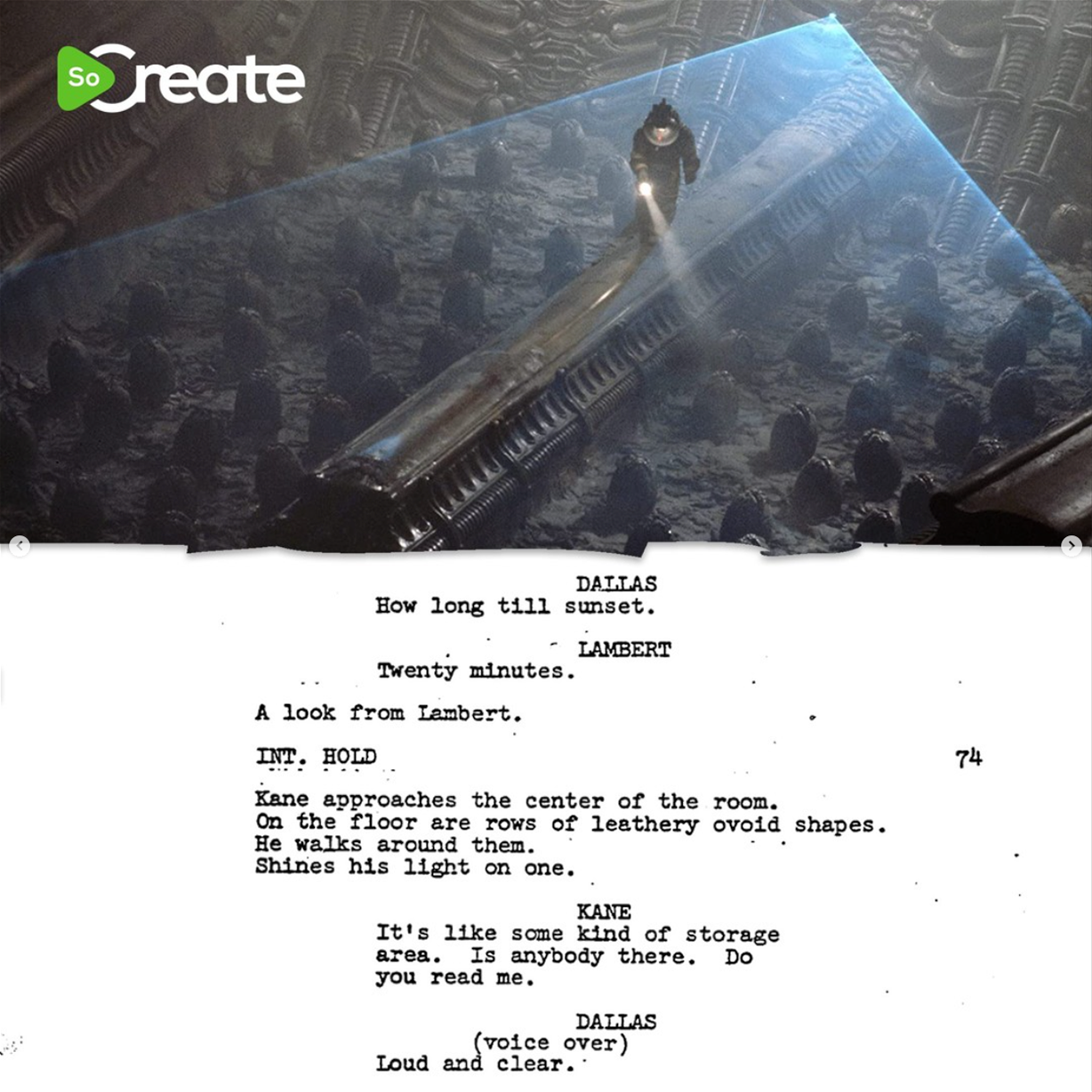


















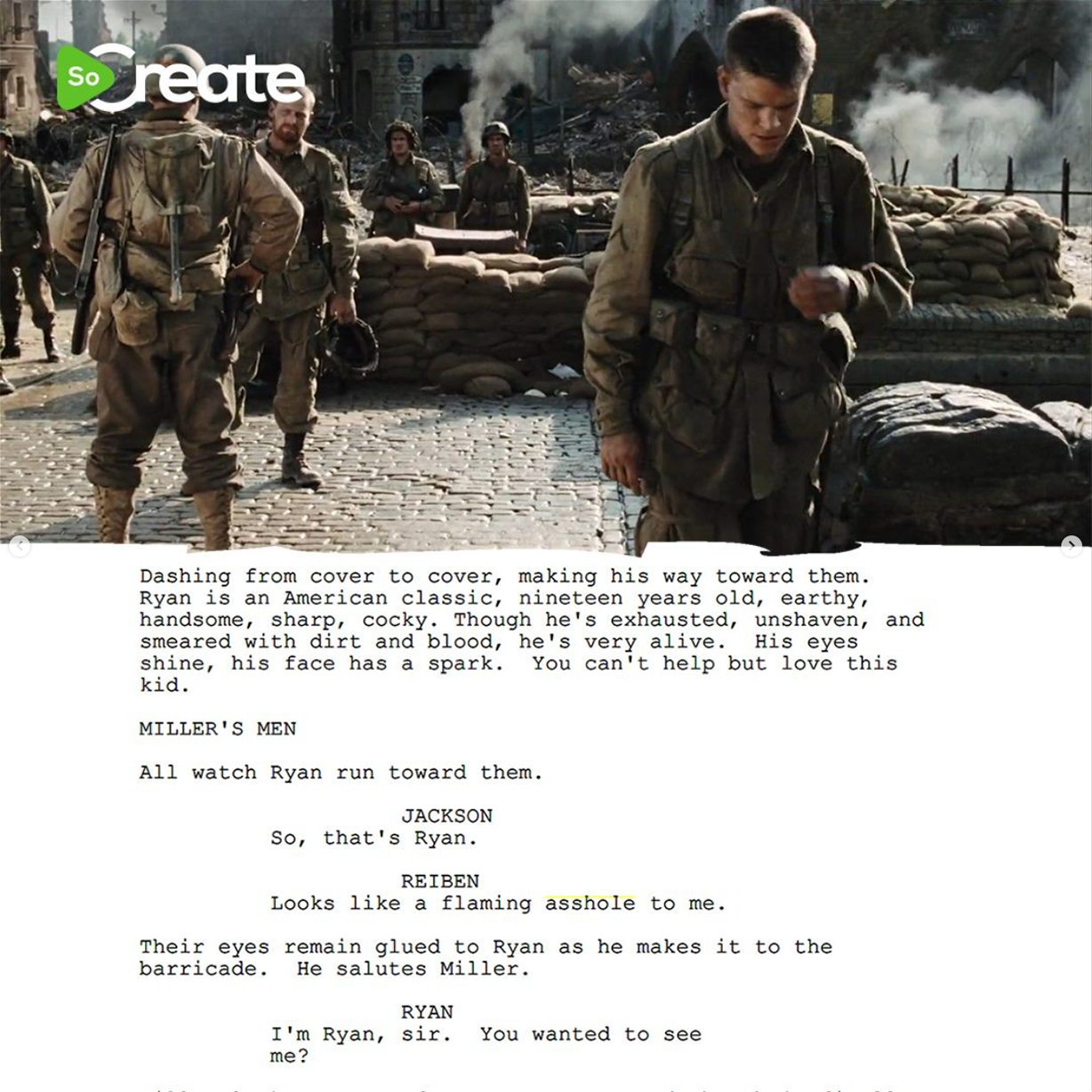


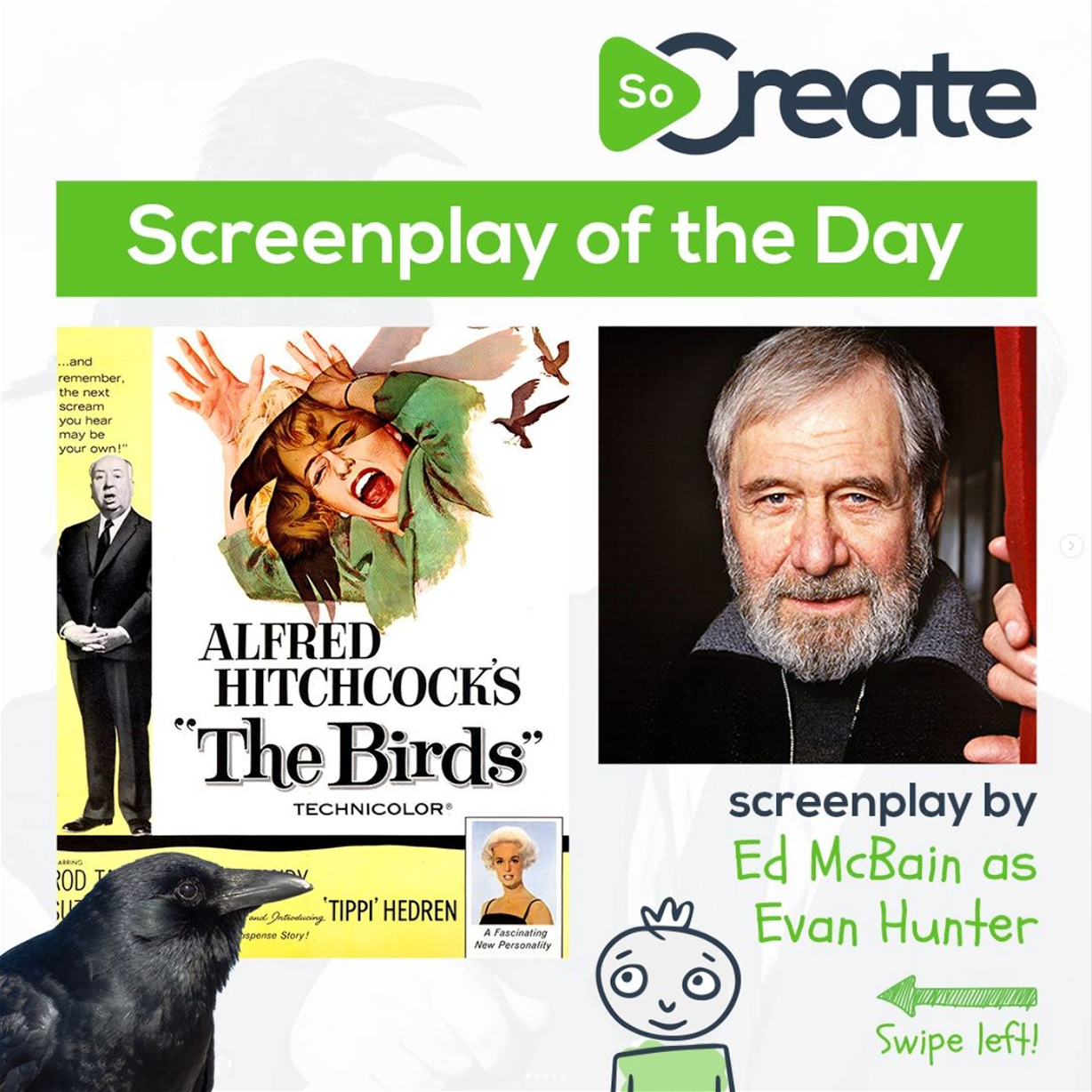



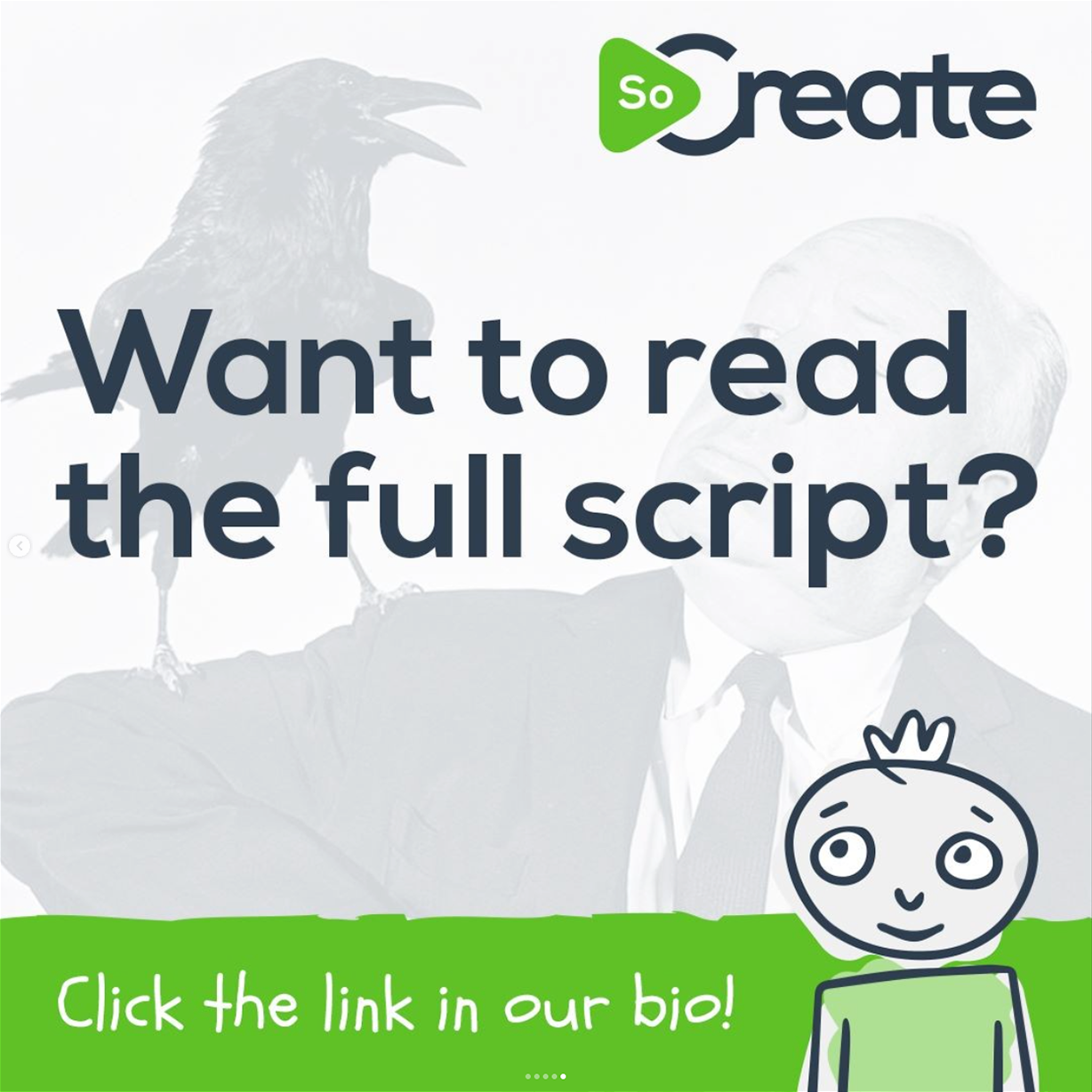





































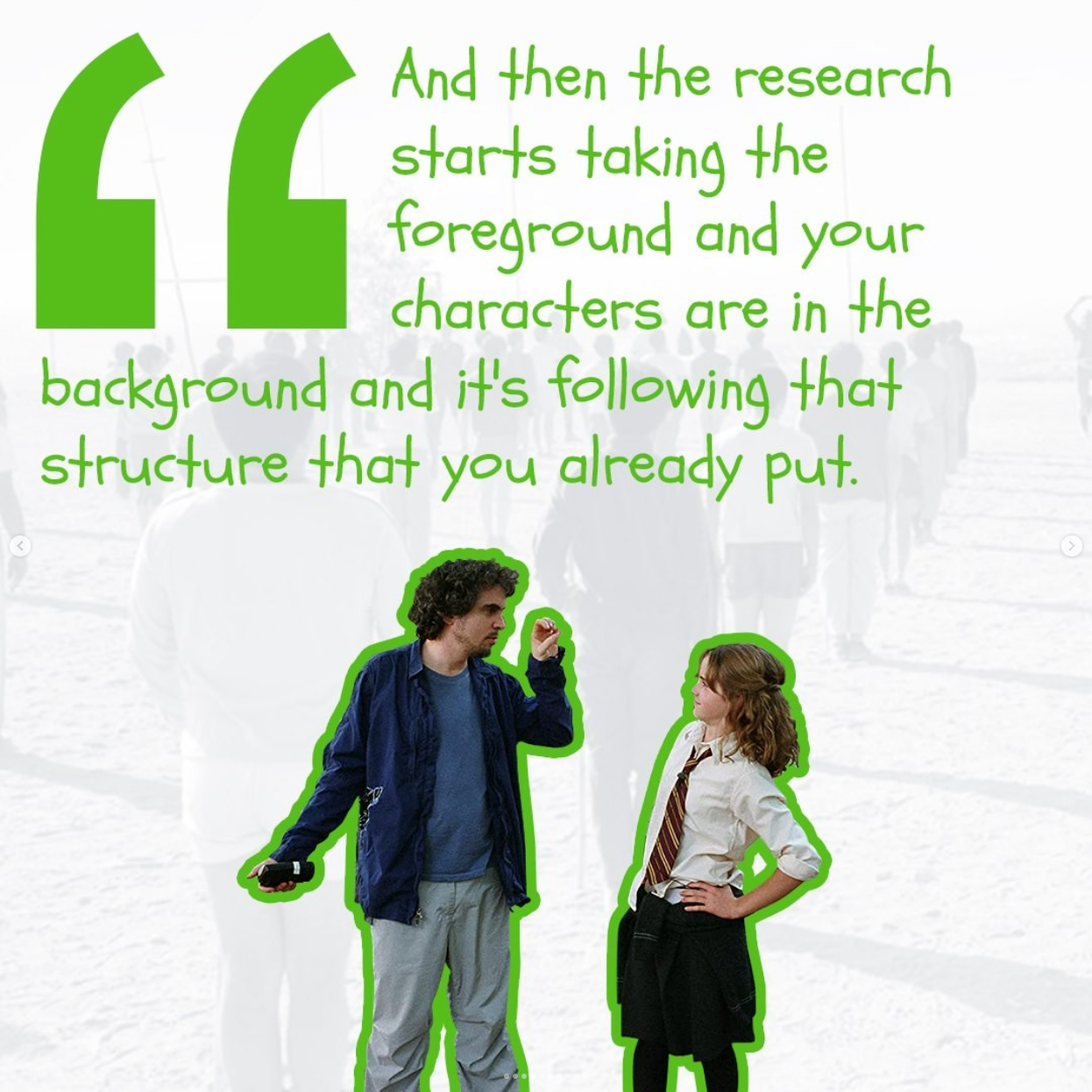































































































Special Place
I owe a lot to SoCreate. This place was a turning point for me in my career. If you ever get a chance to check them out, do it! It’s a great team with an awesome vision.




























